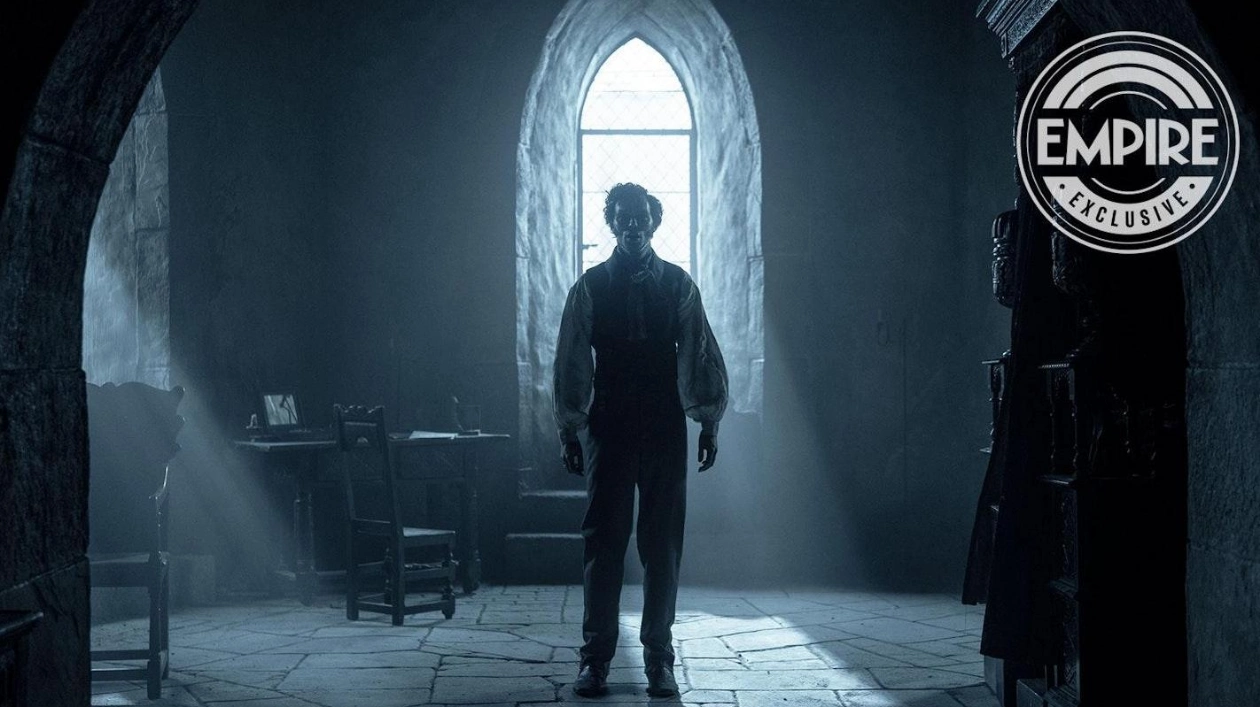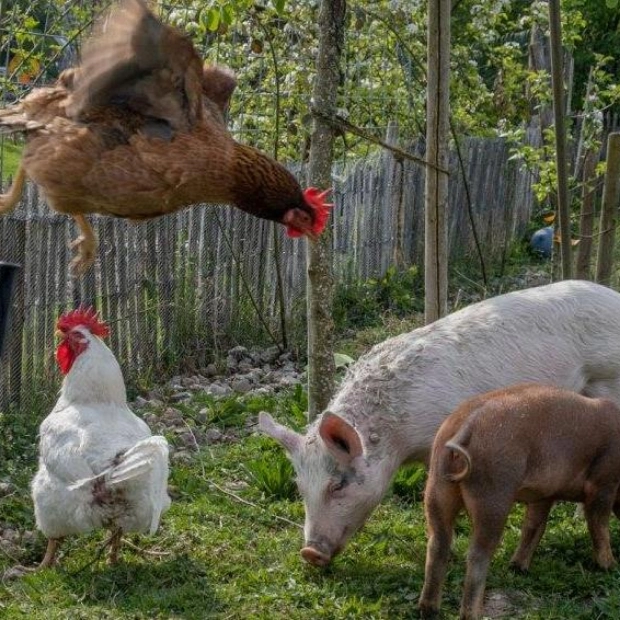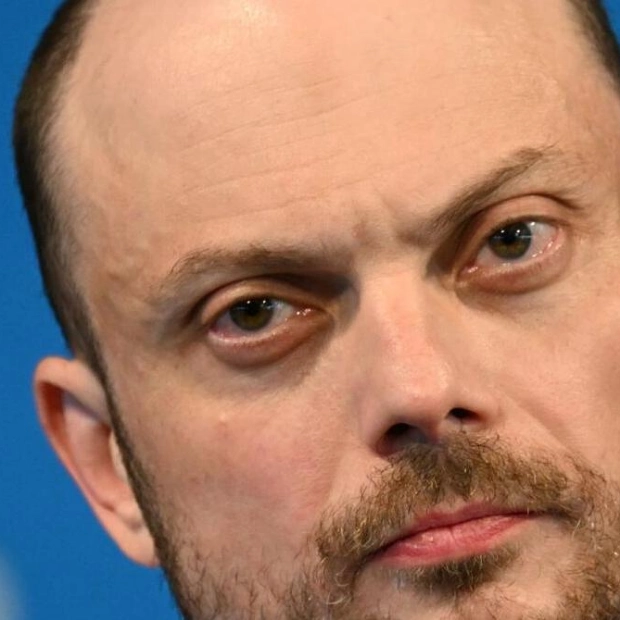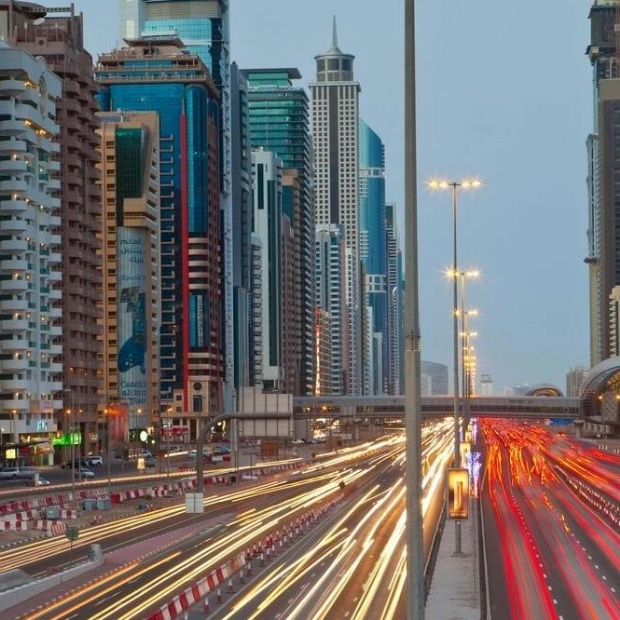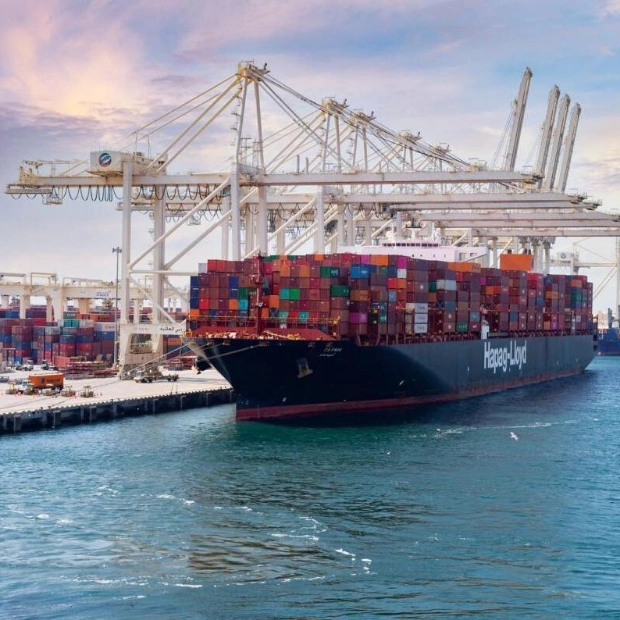For more than a century, Nosferatu has remained the quintessential cinematic vampire tale. FW Murnau's 1922 film casts a long shadow over the genre, later reinterpreted by Werner Herzog in his 1979 version. The making of Nosferatu continues to captivate audiences, as fictionalized in 2000’s Shadow Of The Vampire, where Willem Dafoe’s Max Schrek, the actor portraying Count Orlok, is revealed to be an actual vampire. This legacy places significant expectations on Robert Eggers' 2024 adaptation, aiming to deliver a full-blooded, gothic vision of the classic story.
When it came to selecting real-life locations for Count Orlok’s lair, Eggers naturally gravitated towards Nosferatu history. The gatehouse and courtyard in his film were shot at Pernštejn Castle in the Czech Republic. Interestingly, Eggers, who had avoided rewatching previous versions, was initially unaware of the location's connection to Herzog’s 1979 film. “It was actually used as the castle for Werner Herzog’s Nosferatu,” he reveals, “but I’d been consciously not watching that film, so it didn’t occur to me.” Fortunately, he planned to use different parts of Pernštejn, avoiding a mere rehash of the past. “We were able to use the Herzog castle without using the Herzog castle, which was kind of awesome,” he notes.
For the exterior shots of Orlok’s abode, Hunedoara Castle in Transylvania (also known as Corvin Castle) was chosen. “We wanted to shoot Transylvania for Transylvania, but at the end, it wasn’t financially feasible,” Eggers explains. “So we shot some plates. Most of Transylvania [in the film] is the Czech Republic, but the most epic landscapes are actually Transylvania, including that castle.” Sometimes, only the real deal will suffice.
Read the full story of Nosferatu, including an interview with Robert Eggers about constructing the vampire’s terrifying home, in the Mickey 17 issue, available on Thursday 24 October. Order your copy online here. Nosferatu hits UK cinemas from 1 January.
Source link: https://www.empireonline.com
